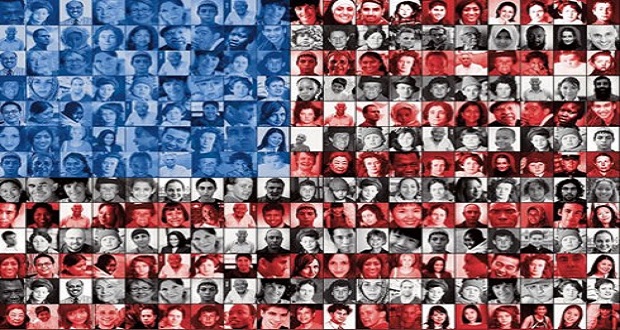
Affirmative action in higher education has come under attack since the 70’s. There have been a number of challenges including the famous Regents of the University of California v. Alan Bakke the late 70’s where the Supreme Court found the University’s policy of setting aside 16 seats (quotas) in the medical school for minorities was unconstitutional. However the highest Court ruled that race could be considered as one of many factors for the purpose of achieving a diverse student body.
In 1995 and 1996 two lawsuits were filed, one against the University of Michigan and the other against the University of Michigan’s law school. In Gratz v. Bollinger the Supreme Court ruled that it was unconstitutional to use a point system that gave extra points to minority undergraduate applicants. In Grutter v. Bollinger, a narrow 5-4 decision by the Supreme Court upheld the University of Michigan’s Law school policy to use race as one of many factors in their admissions practices.
More recent decisions include the Fisher v. Texas case regarding the admissions policies for undergraduates at The University of Texas-Austin. Several high school students who had been denied admission filed a lawsuit in 2008 alleging that the University could not take race into consideration if there were other race neutral remedies to diversify the student body. Based on statistical evidence which proved lack of diversity, the lower courts ruled that the University could use race in admissions decisions. In this case, in 2013 the Supreme Court in a 7-1 ruling (Justice Ruth Bader Ginsberg dissented) did not overturn affirmative action completely but said affirmative action programs need to be strictly reviewed, passing a test that shows other race neutral options are not available to achieve diversity. They sent the case back to the lower court to determine if the University of Texas-Austin passes this test.
This week the Supreme Court decided in favor of the State of Michigan’s earlier decision to ban affirmative action in all publicly funded colleges and universities. The Justices found in a 6-2 ruling that a lower court did not have the authority to set aside the measure approved in a 2006 referendum supported by 58% of voters. Justices Sonia Sotomayor and Ruth Bader Ginsburg dissented, and Justice Elena Kagan did not vote.
Three Justices in the majority, Chief Justice John Roberts, Anthony Kennedy and Samuel Alito, concluded that the lower court did not have the authority to set aside the law. “This case is not about how the debate about racial preferences should be resolved. It is about who may resolve it,” Kennedy wrote.
While this decision only pertains to higher education, the Michigan ban also prohibits the state from considering race and gender in public hiring and public contracting decisions and therefore potentially has far reaching effects.
Justice Sotomayor took an unusual step, according to the media, in taking 15 minutes to read a part of her 58 page impassioned dissent.
Sotomayor said, “This refusal to accept the stark reality that race matters is regrettable. The way to stop discrimination on the basis of race is to speak openly and candidly on the subject of race, and to apply the Constitution with eyes open to the unfortunate effects of centuries of racial discrimination.”
This decision puts affirmative action in the hands of the states to decide. Seven states already have similar laws and my fear is that others will follow.
Thank you Justice Sotomayor for your courageous and bold voice in recognizing that we still do not have a level playing field and laws that limit our ability to consider race as a factor in admissions and hiring, will set us back years in our attempt to become an inclusive and equitable society.
Related Post: The Buzz: Do We Still Need Affirmative Action In Higher Education?


















